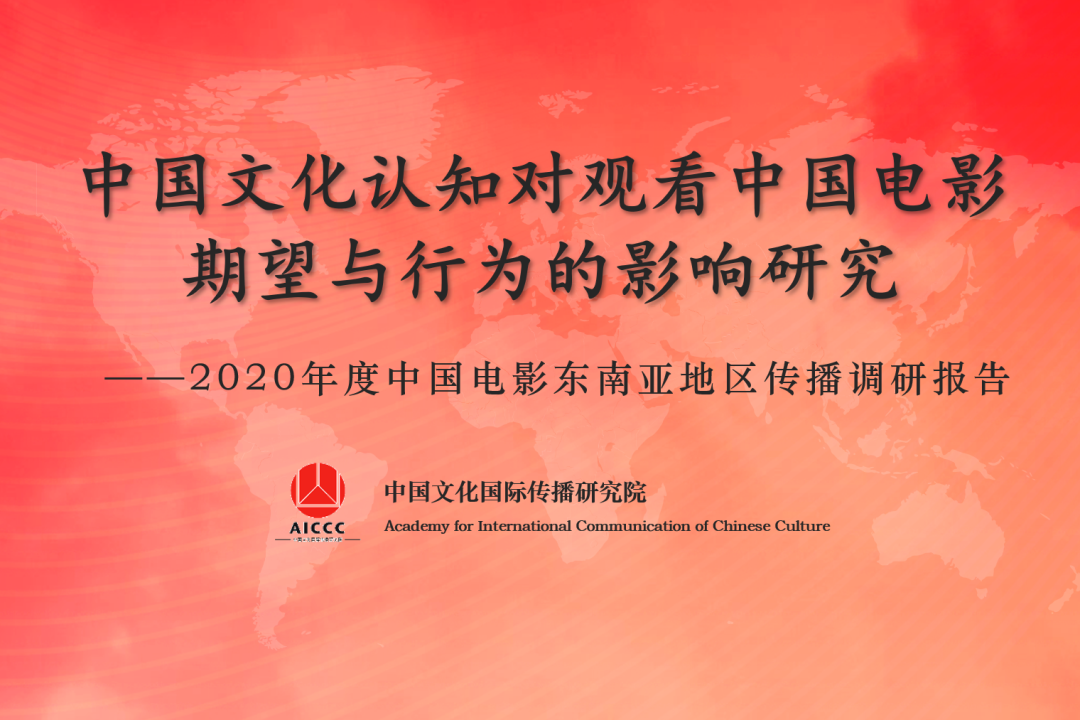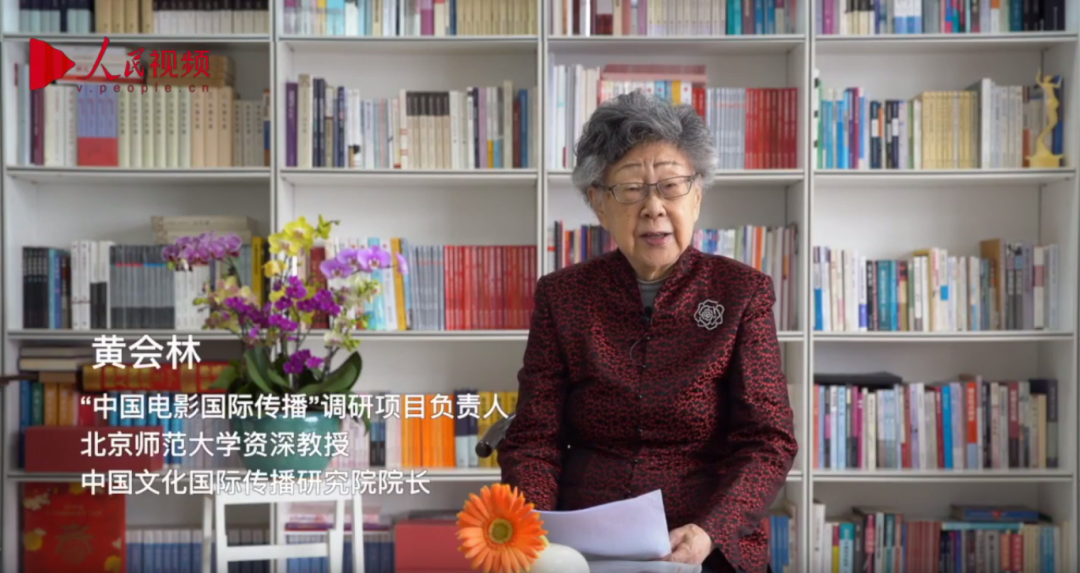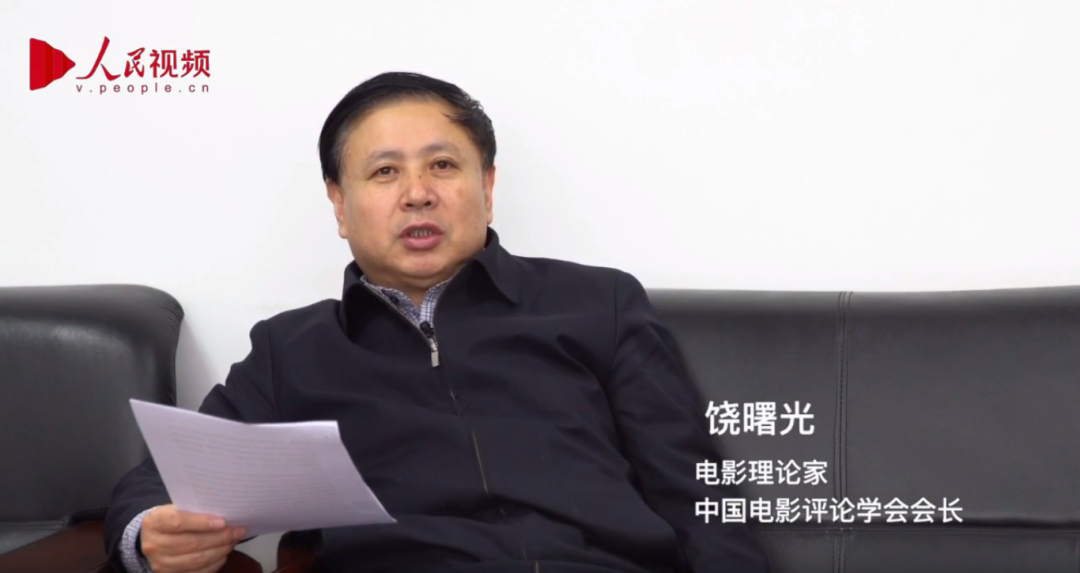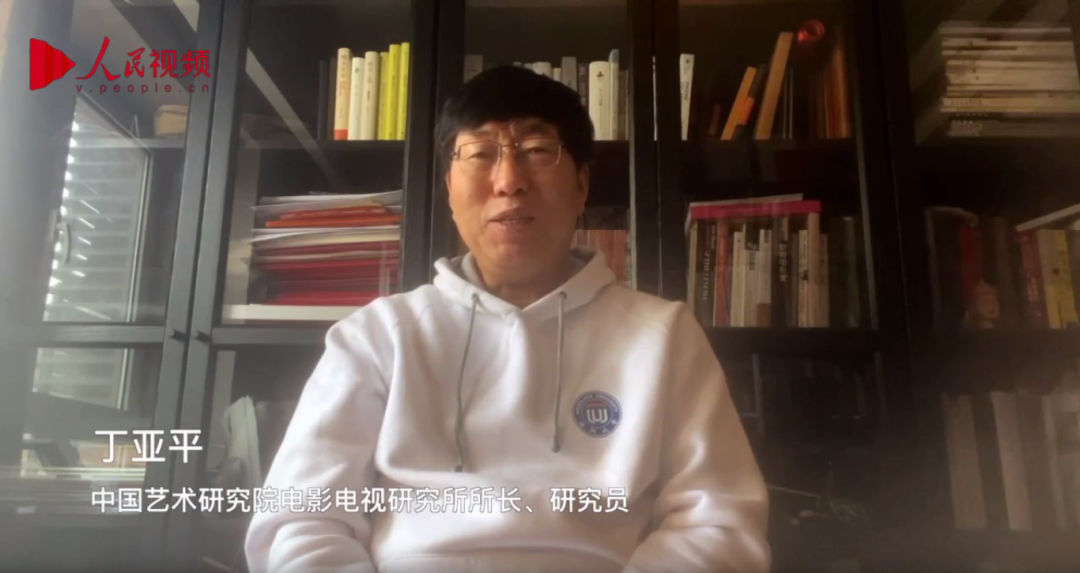Conference "Research on the International communication of Chinese Films" held online
On March 24, Academy for International Communication of Chinese Culture (AICCC) of Beijing Normal University held the online conference "Research on the International Communication of Chinese Films", and released the results of "Research on the influence of Chinese cultural cognition on the expectation and behavior of watching Chinese films - Report on the communication of Chinese films in Southeast Asia in 2020".

In the 10th "international communication of Chinese films" survey, Southeast Asian audiences are selected as the research objects to investigate the respondents' cognition of Chinese culture. Researchers introduced the theory of attitude and behavior to explore their understanding of Chinese film content, their expectation of watching Chinese films and eventually to understand how foreign audiences' cognition of Chinese culture influences their expectation of watching Chinese films through film texts.
Huang Huilin, director of the research project of "International Communication of Chinese Films", senior professor of Beijing Normal University and President of AICCC, introduced that the research of "International Communication of Chinese Films" is a data research project with foreign audiences as the research object and the international communication of Chinese films as the core.
The project is hosted and implemented by Academy for International Communication of Chinese Culture of Beijing Normal University. Since its launch in 2011, it has been carried out for 10 consecutive times. It provides a large number of analytical data and research basis for the relevant research of international communication of Chinese films, and has aroused sustained and extensive attention in domestic and foreign film academia and industry.

Based on the survey data, Huang Huilin pointed out that the "cultural discount" formed by Chinese culture to the audience in Southeast Asia is relatively low, so Southeast Asia will become the most powerful market for Chinese films’ cross-culture communication development; there is an obvious correlation between the audience's expectation and behavior in Southeast Asia, so importance should be attached to the cultivation of audience's expectation in Southeast Asia; Southeast Asia, as an early area of Chinese cultural communication, has rich cognitive resources of Chinese culture, which has obvious advantages in the dissemination of Chinese films.
Rao Shuguang, President of China Film Critics Association, pointed out that Southeast Asia should be one of the key areas of the research on foreign communication of Chinese films. Southeast Asian culture has a close relationship with Chinese culture and has been an integral part of overseas film market of China. However, previous research on the foreign communication of Chinese films is more focused on the European and American markets. This year the focus of our research is on Southeast Asia, which is a break-through.

Ding Yaping, directorof the Film and Television Research Institute of Chinese National Academy of Arts, commented that this research not only provides practical suggestions for the creation and dissemination of cross-cultural films, but also expands the research angles of cross-cultural communication, and encourages and promotes the external dissemination of Chinese films.



